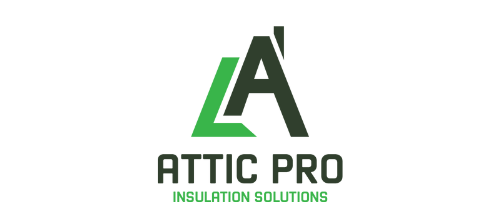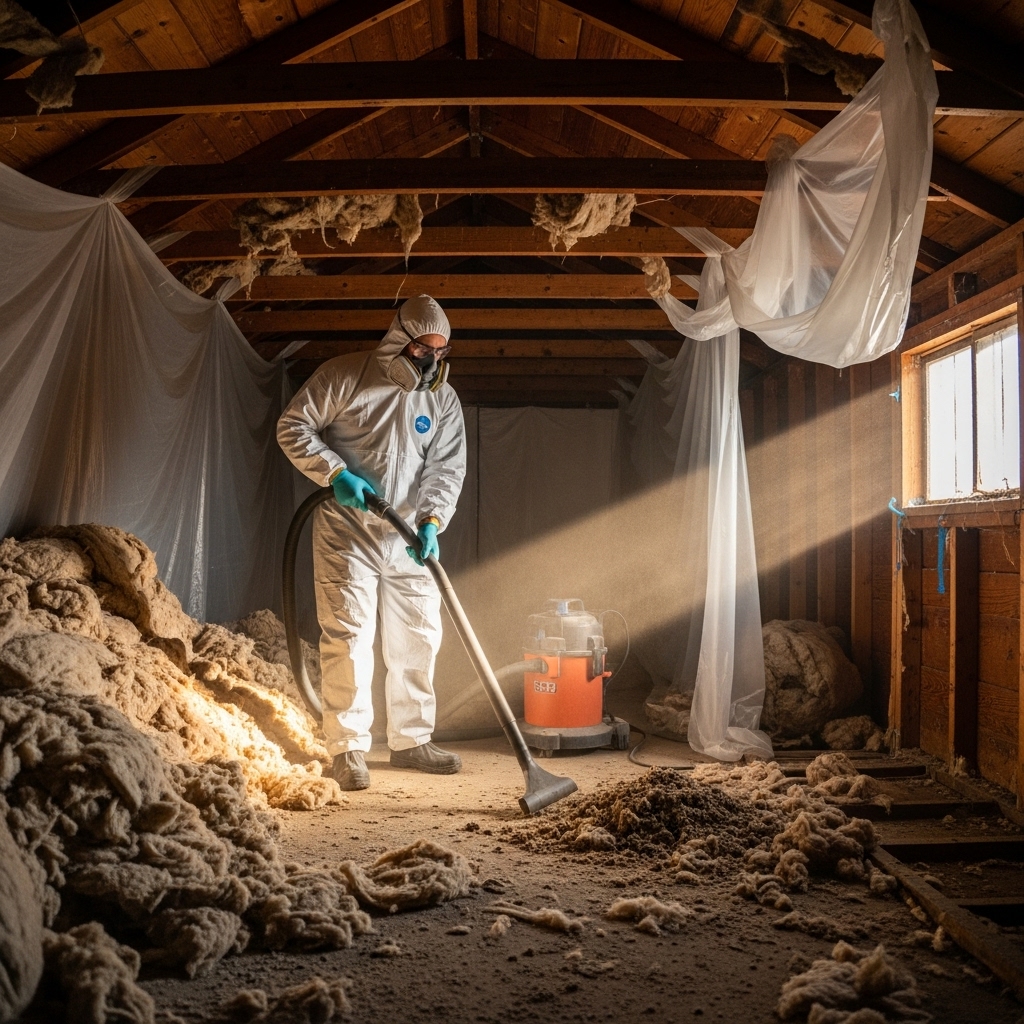Searching for a reliable rodent sanitation service near me in Los Angeles, California can feel overwhelming when you just want your home clean, safe, and odor-free again. The stakes are high: rodents can contaminate surfaces, damage insulation, and leave behind bacteria and allergens that linger long after the pests are gone. In a city as large and varied as Los Angeles—spanning coastal microclimates, canyon homes, historic neighborhoods, and dense urban corridors—selecting a team that understands local conditions makes a real difference. Whether you live in a hillside home with tight crawlspaces or a mid-century house with a large attic, professional cleanup and decontamination matter for your health and for preventing future infestations. If you are beginning your research, a reputable option for comprehensive rodent sanitation can anchor your plan and give you a clear path toward restoring your living space.
Effective rodent sanitation goes far beyond removing droppings. It demands a methodical process: containment to prevent cross-contamination, HEPA-filter vacuuming, targeted removal of contaminated materials, disinfecting, deodorizing, and verification. A good provider will follow industry-recognized safety protocols and tailor techniques to the home’s layout, materials, and ventilation. That level of detail is essential in Los Angeles, where older architecture, Spanish tile roofs, and stucco exteriors often hide entry points and harbor nesting sites that standard cleaning can miss.
Why Rodent Sanitation Matters in Los Angeles
Los Angeles presents unique challenges for rodent control and sanitation. Mild winters, ample food sources, and complex building styles create an environment where rodents thrive year-round. Even when trapping and exclusion are completed, the contamination they leave behind—urine markings, oils, nesting material, and droppings—can continue to attract other rodents, carry pathogens, and produce persistent odors. Proper sanitation removes attractants, reduces health risks, and supports long-term prevention.
In addition, many LA homes include attics with old insulation, garages with storage clutter, and detached accessory units. These spaces are prone to hidden contamination. Professional sanitation helps protect indoor air quality by removing particulates that could otherwise circulate when your HVAC system runs or when you open and close access panels. For families with children, seniors, pets, or anyone with respiratory sensitivities, this step is non-negotiable.
What a Thorough Sanitation Service Includes
While every property is unique, comprehensive rodent sanitation typically involves:
- Inspection of affected areas such as attics, crawlspaces, garages, utility rooms, and wall voids.
- Containment strategies to keep disturbed debris from spreading into clean areas of the home.
- Use of personal protective equipment and HEPA-grade filtration tools for safe removal.
- Targeted removal of droppings, nesting materials, and heavily contaminated insulation.
- Application of disinfectants to neutralize bacteria and reduce lingering odors.
- Spot sealing of minor access points (often performed in coordination with exclusion crews).
- Recommendations for ventilation improvements and moisture management.
- Documentation of the work performed and guidance on prevention.
A high-quality service will also coordinate with your exclusion plan. Sanitizing without closing entry points can leave you vulnerable to re-infestation. Likewise, exclusion without sanitation can leave behind odors and pheromones that attract rodents back to the same areas. The best providers pair cleanup with an integrated prevention strategy.
How to Choose the Right Local Provider
When you search for a rodent sanitation service near me in Los Angeles, focus on experience, transparency, and safety. Ask about training, service scope, equipment, and the steps they follow to protect indoor air quality. Look for teams that know how to navigate LA’s myriad building types—from bungalows to split-level homes and multifamily properties. Additionally, consider how they document before-and-after conditions, whether they provide photos, and how they handle sensitive materials.
- Local experience: LA neighborhoods vary significantly; hillside homes often require unique access strategies.
- Methodology: Confirm that the provider uses HEPA filtration, proper containment, and targeted disinfectants appropriate for household environments.
- Communication: You should receive a clear plan with defined steps and an estimated timeline.
- Coordination: If you already have an exclusion plan, make sure sanitation aligns with it; if not, ask for recommendations.
- References: Reviews and case examples from similar homes are helpful indicators of consistency.
Signs You Need Professional Sanitation
You may be tempted to clean up yourself, but there are times when professional help is the safest route. Indicators include a strong, persistent ammonia-like odor, droppings in multiple areas, insulation matted down by nesting, visible smear marks along beams or pipes, and any evidence of long-term activity. If you have had an infestation in the attic or crawlspace, or if a rodent died in an inaccessible area, a professional service will be better equipped to remove contamination safely and thoroughly.
Another warning sign is recurring sightings or sounds after trapping has occurred. Lingering contamination can re-attract rodents, and if entry points were missed, activity can restart. Proper sanitation makes your home less appealing, helps mask previous scent trails, and supports the effectiveness of exclusion work.
Preparing Your Home for Sanitation Day
Good preparation sets the stage for efficient work. Before your appointment, clear access to the attic hatch, crawlspace entry, and any utility closets. Move fragile items and consolidate storage so technicians can maneuver equipment safely. If possible, keep pets in a closed room or off-site to minimize stress and prevent exposure to disturbed debris.
- Identify access points for equipment: attics, crawlspaces, garages, and side yards.
- Secure important documents and valuables away from work paths.
- Plan for ventilation: ask whether windows should be opened during or after service.
- Discuss any known areas of contamination and provide photos if available.
- Clarify expectations: which materials may be removed and what will be left intact.
These steps make it easier for the team to work efficiently and help ensure that every targeted area is addressed thoroughly.
Typical Areas of Focus in LA Homes
Los Angeles homes frequently show contamination in these locations:
- Attics: Insulation often holds droppings and urine; rafters and joists may show smear marks.
- Crawlspaces: Tight clearances can hide nests, disturbed soil, and access paths.
- Garages: Stored items create hiding places and absorb odors; food and pet supplies can attract activity.
- Kitchens and pantries: Back-of-cabinet voids and under-appliance spaces harbor droppings.
- Exterior utility areas: Gaps around pipes and vents allow entry; sheds and trash areas can draw rodents.
Los Angeles’s building diversity means sanitation teams must adapt tools and approach. For example, older plaster walls or knob-and-tube electrical components require extra care to avoid damage during access and cleanup.
Health and Safety Considerations
Rodent contamination can carry a variety of bacteria and allergens. Disturbing droppings without proper containment and filtration risks aerosolizing particles. Professional teams use HEPA vacuums, protective suits, and controlled methods to minimize airborne spread. After removal and disinfection, improved ventilation and filtration help clear residual odors and particulates. If anyone in your household has respiratory conditions, share that information with the provider so they can adjust methods and suggest protective measures, such as timing work when vulnerable individuals are away from the home.
Comparing Providers: What to Ask
As you evaluate local companies, ask direct questions to understand their craft. You can request a step-by-step breakdown of their sanitation plan, including products used, how they handle contaminated insulation, and whether they offer optional odor neutralizing treatments. In the middle of your research, it helps to anchor decisions around proven methods; when reviewing options, you can compare them to established practices in rodent sanitation so you can see how each provider’s approach aligns with your needs.
- Do they use HEPA filtration for vacuuming and air scrubbers when needed?
- How do they verify cleanliness—visual inspection, photos, or surface testing?
- What materials do they recommend replacing versus cleaning?
- Can they coordinate with exclusion professionals to close entry points?
- Will they provide a summary of work and prevention tips after completion?
Clear, consistent answers indicate a team that understands both sanitation and how it fits into a comprehensive rodent management plan.
After the Cleanup: Keeping Your Home Protected
Sanitation is a major milestone, but prevention is a continuous habit. Keep food in sealed containers, reduce clutter where possible, and maintain regular exterior inspections. Trim vegetation that touches roofs and walls, and ensure that vents are screened. Monitor for new droppings or gnaw marks, especially after seasonal changes or construction work in the neighborhood. Quick action on early signs can prevent a recurrence.
Consider periodic attic and crawlspace checks, especially in older homes. These areas can change over time due to temperature fluctuations and settling, which can open new gaps. Pairing sanitation with exclusion, ongoing monitoring, and good housekeeping practices creates the strongest defense against future problems.
Frequently Asked Questions
How long does rodent sanitation take in a typical Los Angeles home? Time frames vary based on the size of the affected spaces, the amount of contamination, and access conditions. Attics with heavy droppings or significant insulation damage take longer than small utility rooms. Your provider should outline a realistic schedule after inspecting the property.
Is it safe to remain in the home during sanitation? Many services can be performed while you remain onsite, provided containment and ventilation are properly managed. For sensitive individuals or when large areas require work, scheduling when certain rooms are unoccupied can add comfort and safety.
Will all odors go away immediately? Neutralizing odors often happens quickly after cleanup and disinfection, but residual smells can persist briefly, especially in porous materials. Good ventilation, plus the removal of heavily contaminated insulation, typically accelerates odor resolution.
Do I need to replace insulation? Replacement depends on contamination levels. Heavily soiled or compressed insulation usually benefits from removal and replacement to restore R-value and reduce odors. Your provider should explain whether spot cleaning or full replacement is recommended.
How does sanitation interact with exclusion? They are complementary. Exclusion prevents new rodents from entering, while sanitation removes contamination and attractants. Performing both delivers the strongest long-term results.
What should I do if I discover fresh droppings after service? Contact your provider promptly. Fresh evidence may suggest a missed entry point or new activity. Prompt investigation helps protect your investment in sanitation.
How often should I schedule follow-up inspections? A periodic check—especially after seasonal changes or nearby construction—helps catch early signs. Your provider can suggest a schedule based on your home’s risk profile.
Common Mistakes to Avoid
Avoid sweeping or vacuuming droppings with standard household equipment—this can disperse particles into the air. Do not seal entry points before you are confident that active rodents have been removed, as you could trap them inside. Resist the urge to mask odors with fragrances; address the source through proper removal and disinfection. Finally, don’t skip documentation. Photos and a written summary help you assess results and serve as a reference for future maintenance.
Choosing Confidence and Peace of Mind
Finding the right rodent sanitation service near you in Los Angeles is about more than speed—it is about thoroughness, safety, and long-term prevention. With the right team, your home can return to a clean, healthy baseline. Ask questions, expect a detailed plan, and choose providers who bring both technical skill and respect for your space.
Ready to Restore a Cleaner, Safer Home?
If you are ready to reclaim your living space, prioritize a team that understands containment, HEPA filtration, and detailed decontamination. Schedule an inspection, review a step-by-step plan, and plan your follow-through on prevention. The path to a healthier home starts with a trusted partner in rodent sanitation. Reach out today to take the first step toward a fresher, safer Los Angeles home.

